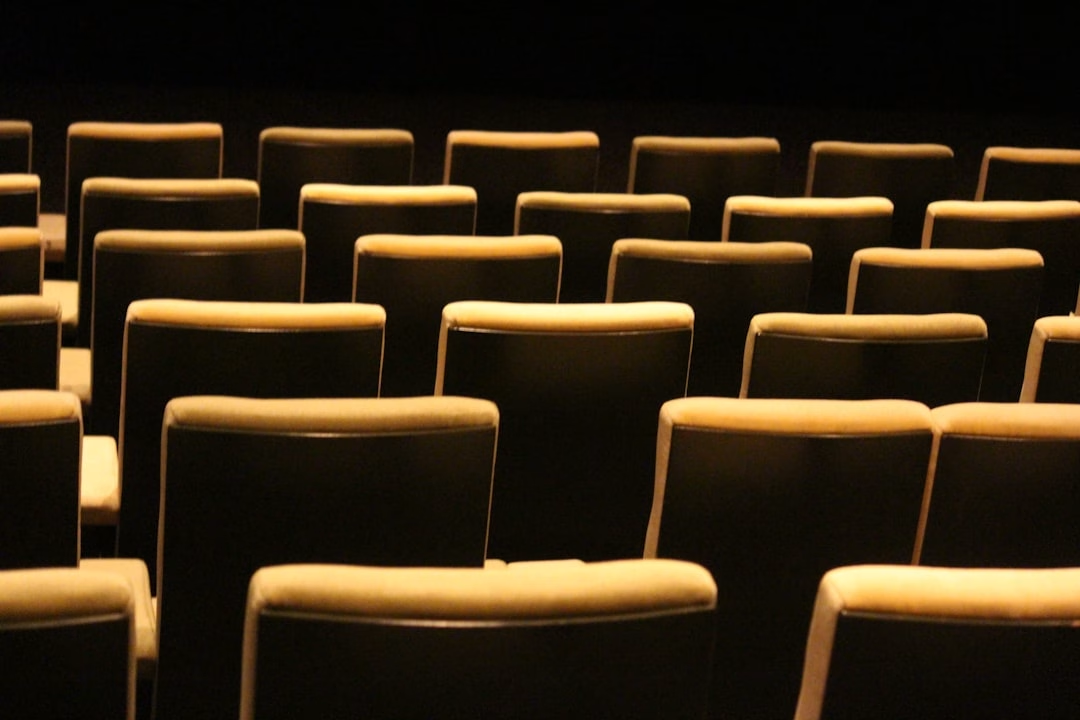Introduction
Film editing is a pivotal component in the filmmaking process that dramatically influences the final outcome of the project. This artful process involves cutting, rearranging, and blending numerous shots to create a cohesive narrative. In this blog post, we are going to delve into the main aspects of film editing.
Understanding Film Editing
Film editing is more than just cutting clips and joining them together. It is the art of storytelling that carries the audience through the narrative. Editors must understand the script, the director’s vision, the cinematography, and the rhythm of the story to create an engaging and fluid film.
Key Steps in Film Editing Process
- Log and Transfer: This step involves transferring film footage from the camera to the editing software. The footage is then organized and logged for easier access later.
- Assembly Edit: This is the initial cutting phase where an editor pieces together scenes in the script’s order.
- Rough Edit: Here, further refinements are made. The editor crafts the film’s pace, mood, and style. Unecessary scenes are cut away.
- Final Edit: In this stage, editors might add special effects, music, and sound design elements.
- Picture Lock: This is the final stage where no more changes are made to the visual elements.
Impact of Film Editing on Storytelling
A well-edited film enhances the storytelling process, guiding the emotional response of the audience. It creates rhythm, dictates the pace, and manages the viewers’ focus. Film editing can build suspense, evoke emotions, or highlight vital plot points. Therefore, film editing greatly influences the viewer’s experience and perception of the storyline.
Conclusion
Film editing is an integral part of filmmaking, a silent art form that weaves together visuals, sound, and performances to create a captivating narrative. Learning about this process is a stepping stone for anyone interested in filmmaking as it shapes the heart and soul of a film.
